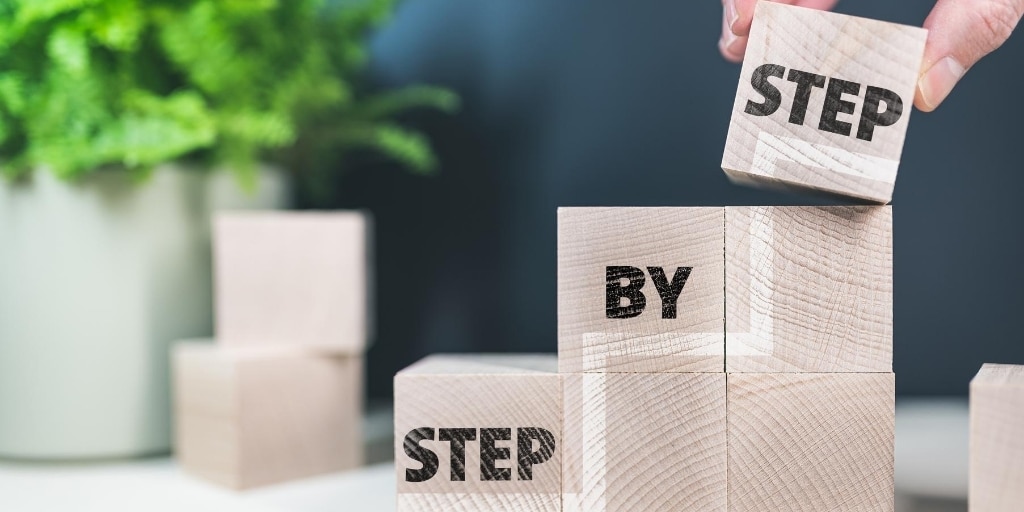A culture of high performance brings greater cohesion and better business results. The good news is, building it isn’t rocket science, and doesn’t have to take up all your time or resources. Here’s how to get started.
Why Build A High Performance Culture
Some think of organizational culture as a ‘nice-to-have’, a publicity generating tool characterized by cold brew on tap and glamorous company off-sites. But a company that wants to grow and do its best work in an increasingly competitive market needs more than that. It needs a high performance culture: a culture that prioritizes continuous improvement and learning, a culture where employees never settle for the status quo and always work toward top results.
Companies with a high performance culture:
- Prioritize learning as a constant part of their workflow
- Invest in learning tools that lead to measurable results
- Routinely scrutinize the way they do things to retain what works and change what doesn’t – fast
- Embrace challenging topics and discuss them transparently
To some culture enthusiasts, a high performance culture might sound too dry, too removed from the elements of human connection that make up a company’s environment. The truth is quite the opposite. When a company prioritizes the continuous learning and improvement that a high performance culture entails, a strive for excellence permeates all facets of the organization – from its bottom line to the way it handles crises, to the way employees communicate with one another about topics big and small, work related – and not. Simply out, a high performance culture is worth it. So how do you go about building one?
Improvement Cycles:
Your Key to A High Performance Culture
A high performance culture is characterized less by the state of a company at any single point in time, and more by what that company is doing to always raise the bar. Therefore, to build one you’ll need a defined goal to work toward, and learning and improvement routines to help you constantly iterate until you reach that goal.
The process of setting a goal, learning from it, and improving constantly makes up an individual or a team’s improvement cycle. Let’s break down that process a little more.
4 Steps to A High Performance Culture
1. Set a Goal
If you don’t know where you’re going, it’s much harder to get there. Whether your goal is to increase sales, streamline performance reviews, shorten development timelines, or improve customer service – pick one goal at a time, and set up your improvement process around it.
2. Define a Signal That Says It's Time To Learn
Improvement is the result of many small adjustments in something important that we do over and over. Think of a repeating task, action, or event in your work. An important one, that improving on could significantly impact your greater goals. Whenever that thing happens – whether once day, week, or month – your window of opportunity to improve opens.
3. Record Your Lessons
When that important, signaling event or action happens, it’s time to write down your lessons immediately, while they’re fresh in your mind. Think about what went well, and what could have gone better. Think about what you and – importantly – only you can do next time this event or action takes place to change its execution or outcome for the better.
4. Brief Before The Cycle Repeats
Your learning and improvement iteration is incomplete if you learn lessons but forget to put them to use. Perhaps the most important part of the process is to brief yourself on lessons from a previous event or action, right before your next one.
You can implement improvement cycles at any time, with little resources. It’s the simplest way to ensure that your starting point is always improving, that you are never settling for the status quo – the fastest route to a high performance culture in your team.
Need more help implementing a high performance culture in your team? Get in touch today to get started.
